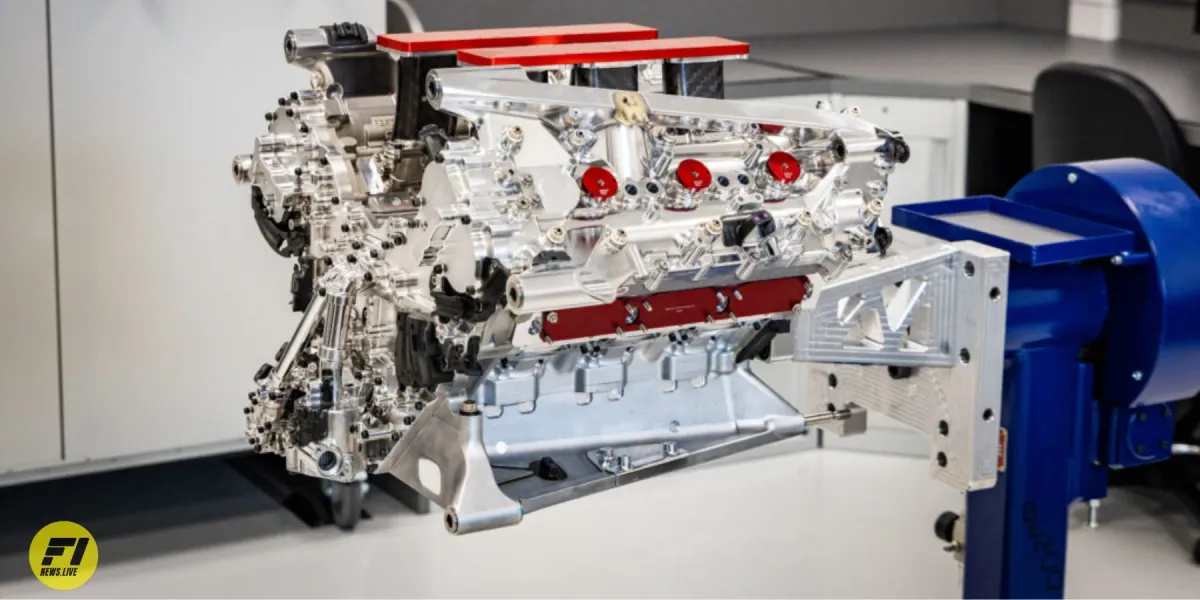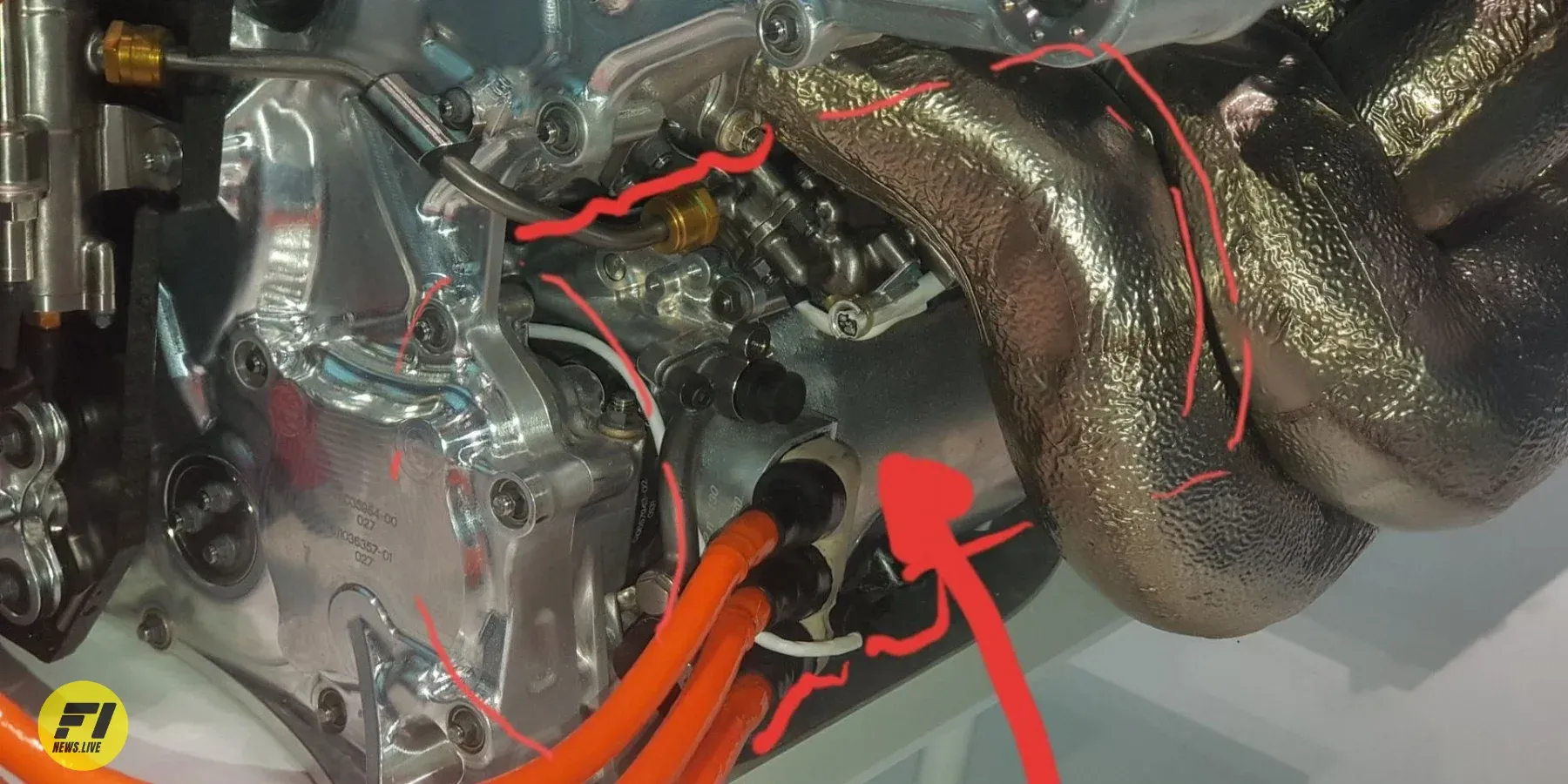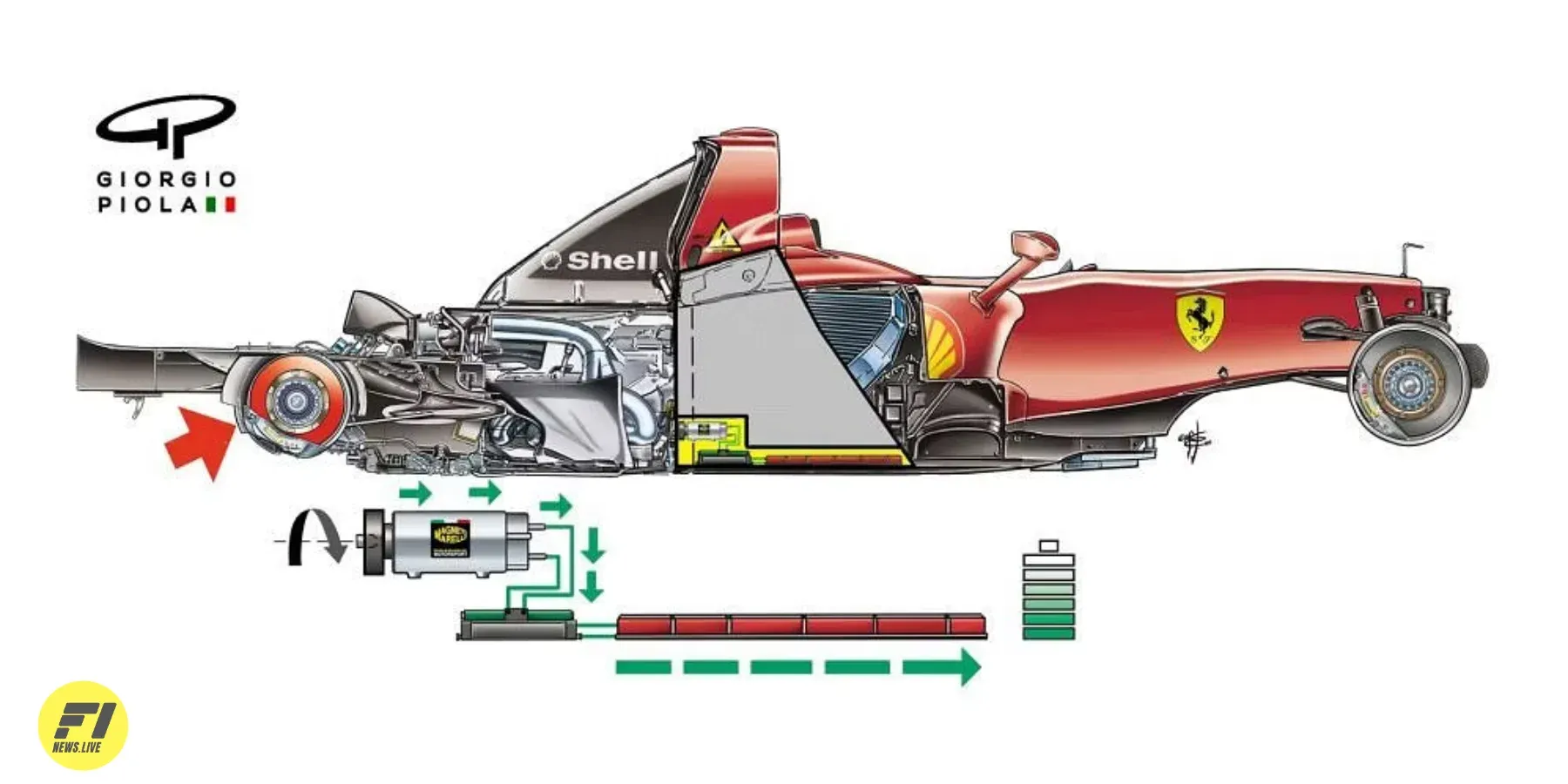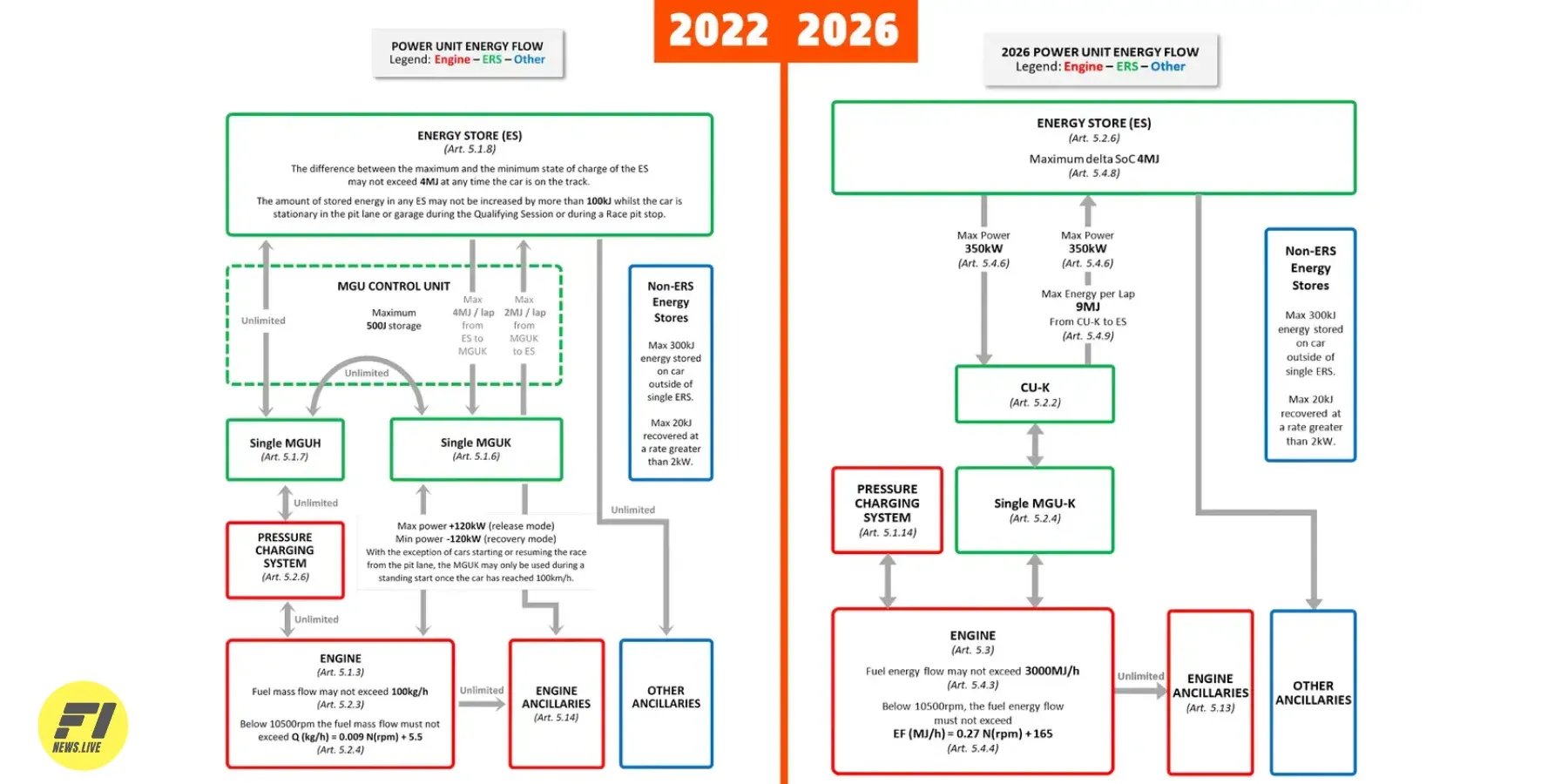F1 2026 power unit regs introduce 'override' boost system
Formula 1's 2026 power unit regulations will feature an 'override mode', reintroducing a driver-controlled boost system similar to KERS for dynamic energy deployment.

F1 future power units
Formula 1 is set to reintroduce a driver-controlled boost system reminiscent of the KERS era with the introduction of the 2026 power unit regulations.
This latest development promises to enhance wheel-to-wheel racing and strategic energy deployment.
Power unit specifications
The new turbocharged 1.6-liter V6 internal combustion engine will produce 400kW (535bhp), a reduction from the current 550-560kW output.
However, the battery element will receive a significant boost, jumping from 150kW to a substantial 350kW (470bhp) to compensate for the power loss, despite the removal of the MGU-H.

'Override mode' functionality
The recently unveiled draft regulations include Article 5.4.8, which outlines the framework for a high-speed 'override mode' boost system.
This innovative feature consists of two distinct components:
- Energy Deployment Glidepath: This portion establishes a glidepath for energy deployment from the ERS-K hybrid system up to 345km/h (215mph).
- 'Override Mode': The second component, termed 'override mode' by the FIA, allows drivers to deploy additional power beyond the glidepath, providing a further boost up to 355km/h (220.5mph).
Energy management
This secondary 'override mode' function introduces a strategic aspect to energy deployment, requiring drivers to make calculated decisions on when to utilize this extra boost.
Akin to the KERS system employed between 2009-2013, drivers can leverage this energy allotment for overtaking maneuvers, defending positions, or maximizing lap times.

However, with the increased reliance on hybrid power from 2026 onwards, drivers may not always have access to the 'override' function.
Injudicious use could potentially lead to an energy deficit under normal deployment conditions later in the lap or race.
Wheel-to-wheel racing
Engaging in wheel-to-wheel battles will be just one facet of how this new system will be employed.
Both drivers and engineers will need to meticulously manage energy extraction to optimize performance during lap times, combat situations, and throughout an entire race distance.

Manufacturer interest and chassis updates
The 2026 engine regulations have attracted the highest number of manufacturers on the grid since 2008, with current suppliers set to be joined by Audi and Ford (via Red Bull Powertrains).
Additionally, the FIA will introduce new chassis rules in 2026, making the cars 40-50kg lighter, shorter in wheelbase (3400mm from 3600mm), and narrower by 10cm (1900mm from 2000mm).
Moveable aero elements will also be introduced to reduce drag on straights.





Comments ()